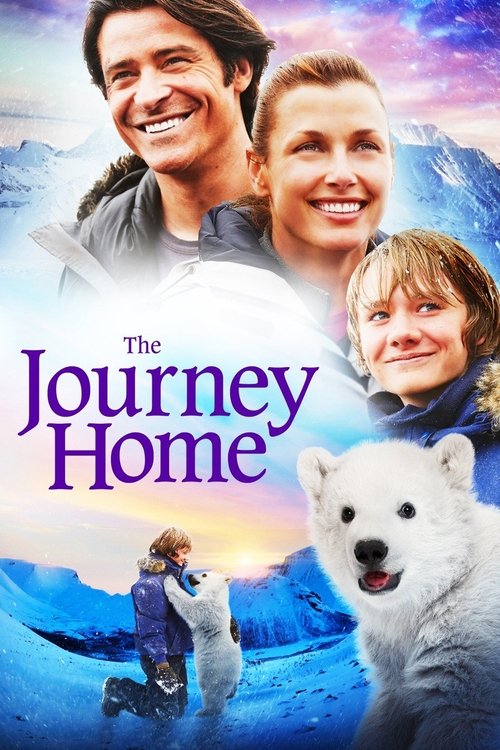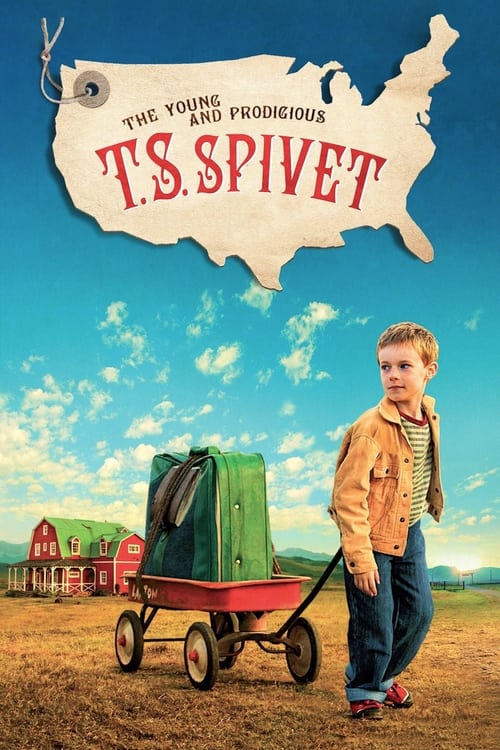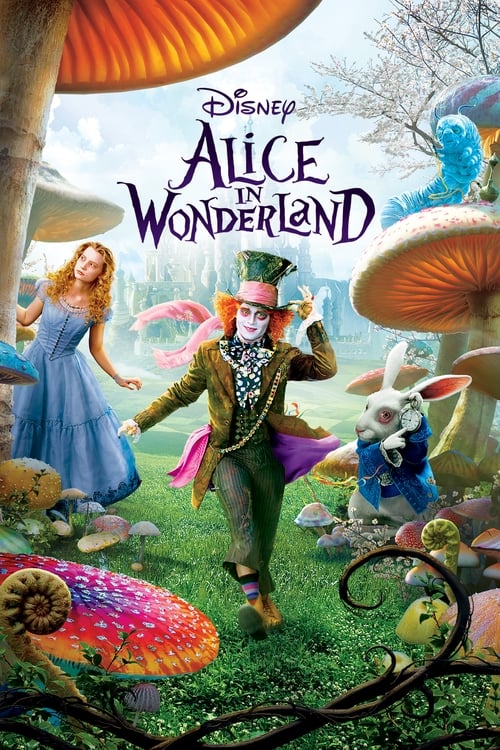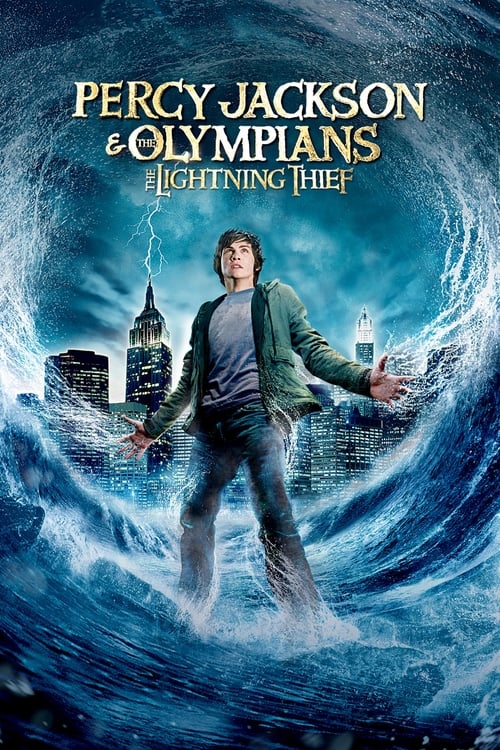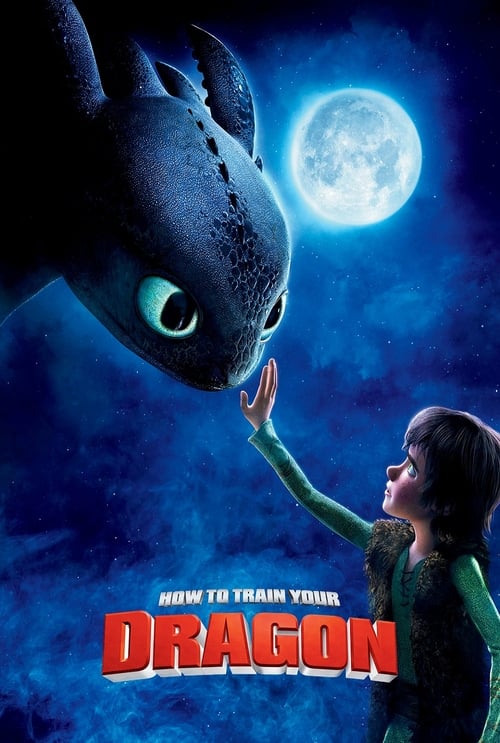
Ask Your Own Question
What is the plot?
The story of Midnight Sun (2014) opens in a quiet suburban neighborhood in Washington State, where 17-year-old Katie Price lives a life unlike any other teenager's. The house she shares with her father, Jack Price, is shrouded in a protective darkness during the day, its windows tinted with UV-blocking film to shield her from the deadly sunlight. Katie suffers from xeroderma pigmentosum (XP), a rare genetic disorder that makes even the slightest exposure to the sun fatal. As the morning light filters in, Katie peers out from behind the protective glass, watching neighborhood kids outside who mockingly call her a vampire, jeering at her for never venturing out during the day. Their taunts sting, but Katie's world is confined to the shadows for her own survival.
Her father, Jack, is a sturdy, protective presence, played by Rob Riggle. He answers the door when a girl named Morgan arrives, insisting on meeting Katie despite the daylight. Jack firmly explains that Katie cannot come out because of her condition, but Morgan, undeterred, promises to return after dark. True to her word, Morgan becomes Katie's first real friend, breaking through the isolation that has defined Katie's life. Their friendship is a rare spark of light in Katie's shadowed existence.
Outside, the world moves on as usual. Charlie, a popular high school athlete and swimmer, skateboards past Katie's house daily. Played by Patrick Schwarzenegger, Charlie is the embodiment of normal teenage life--confident, social, and seemingly invincible. Katie admires him silently from her window, nursing a secret crush that has blossomed over years of watching him pass by. She has never met him, but he represents the life she longs for.
Katie's mother, who died when Katie was very young, is a poignant presence in the background of her life. Jack gifts Katie her mother's guitar on her high school graduation day--a bittersweet moment that symbolizes both loss and hope. The guitar is more than an instrument; it is a connection to her mother and a channel for Katie's dreams. She begs her father to let her go down to the local train station at night to play music, a place where she can temporarily escape her confinement and express herself freely.
As night falls, Katie ventures out into the quiet streets, guitar in hand, heading to the train station. The darkness is her sanctuary, the only time she can live like a normal teenager. There, under the dim glow of the station lights, she plays her songs for travelers passing through. It is here that fate intervenes.
Charlie, finishing swim practice, hears the music drifting through the night air. Drawn to the sound, he approaches and finds Katie playing her guitar. This moment is electric--Katie is caught off guard, fumbling awkwardly as her secret crush stands before her. Charlie is immediately captivated by her beauty and talent, unaware that she has been living just down the street all along. They exchange shy smiles and tentative conversation, marking the beginning of a summer romance that will change both their lives.
Katie hides her condition from Charlie, fearful that revealing the truth will shatter the fragile connection they have formed. Their relationship blossoms in the moonlight, filled with music, laughter, and stolen moments of joy. Katie experiences the normalcy she has longed for, but with each passing day, the risk grows. Her exposure to the outside world, even at night, takes a toll on her fragile health.
Meanwhile, Katie's father watches over her with a mixture of love and anxiety. He struggles with the balance between protecting his daughter and allowing her to live. The tension between them rises as Katie pushes against the boundaries of her sheltered life, desperate to taste freedom.
Morgan remains a steadfast friend, supporting Katie's choices and encouraging her independence. She challenges Jack's overprotectiveness, arguing that Katie deserves to experience life despite the dangers. Their confrontations are emotional but never violent, underscoring the difficult dynamics of caregiving and trust.
The major turning point comes when Charlie discovers Katie's secret. The revelation is a shock to him, stirring a mix of fear, confusion, and compassion. Katie's health has been deteriorating due to her increasing exposure to sunlight, and the truth can no longer be hidden. In a heartfelt confrontation, Katie confesses, "I've waited a whole life to feel this," expressing her deep yearning for love and normalcy despite the risks.
Charlie's response is one of acceptance and devotion. He refuses to let her illness define their relationship, standing by her side as her condition worsens. Their bond deepens, revealing themes of unconditional love and the human desire for connection beyond physical limitations.
The climax unfolds with Katie's health in critical decline. The sunlight that once was a distant enemy now threatens to claim her life. Yet, in these final moments, Katie finds strength in the love she has found and the music she has created. The film's emotional peak is a quiet, intimate scene where Katie and Charlie share their feelings openly, embracing the bittersweet reality of their time together.
The story closes on a reflective note, with Katie's narration--her voice older, wiser--looking back on the summer that changed everything. Though her life has been marked by darkness, the brief light of love and music has given her a sense of fulfillment and peace. The final scenes show Katie and Charlie together, a testament to the transformative power of hope and human connection.
No deaths occur during the film's timeline; Katie's mother's passing is a backstory element that shapes the narrative but is not depicted. The confrontations are emotional rather than physical, focusing on Katie's internal struggles and her relationships with her father, Morgan, and Charlie.
Midnight Sun ends on a bittersweet but hopeful note, emphasizing the courage it takes to live fully despite limitations and the enduring impact of love and friendship in the face of adversity.
More Movies Like This
Browse All Movies →What is the ending?
In the ending of "Midnight Sun," Katie, who has been living with a rare condition that prevents her from being exposed to sunlight, faces a critical moment in her life. After a series of emotional experiences with her love interest, Charlie, she ultimately succumbs to her illness. The film concludes with a poignant scene where Katie, surrounded by her family, reflects on her life and the love she has experienced.
As the film draws to a close, Katie's health deteriorates significantly. She has been secretly meeting Charlie, a boy from her neighborhood, and their relationship blossoms despite the challenges posed by her condition. In the final scenes, Katie's family is shown grappling with the reality of her illness. They are supportive and loving, but the weight of her impending fate looms over them.
In a heart-wrenching moment, Katie decides to share her true feelings with Charlie, revealing the depth of her love for him. They share a tender moment, filled with both joy and sorrow, as they acknowledge the limited time they have together. Charlie, who has fallen deeply in love with Katie, is devastated by the knowledge of her condition but cherishes the moments they have shared.
As Katie's condition worsens, she is surrounded by her family in her final moments. The film captures the emotional weight of this scene, showcasing the love and support that envelops her. Katie's fate is sealed as she passes away, leaving behind a legacy of love and cherished memories for those who knew her.
In the final moments, the film emphasizes the impact of Katie's life on those around her, particularly Charlie, who is left to navigate his grief and the lessons learned from their time together. The ending serves as a poignant reminder of the fragility of life and the importance of love, even in the face of inevitable loss.
As the final act of "Midnight Sun" unfolds, the atmosphere is heavy with anticipation and sorrow. The scene opens with Katie, played by Bella Thorne, sitting in her dimly lit room, the curtains drawn tightly to shield her from the sunlight that she cannot endure. Her health has been declining, and the toll of her rare condition is evident in her pale complexion and frail demeanor. Despite her struggles, there is a flicker of hope in her heart, fueled by her blossoming relationship with Charlie, portrayed by Patrick Schwarzenegger.
In a tender moment, Katie and Charlie share a quiet afternoon together, reminiscing about their time spent together. They laugh and tease each other, but the underlying tension of Katie's illness hangs in the air. Charlie, unaware of the full extent of her condition, is captivated by Katie's spirit and resilience. He expresses his desire to take her out on a proper date, and Katie, filled with both excitement and dread, agrees, knowing that their time is limited.
As the day of their date arrives, Katie is filled with a mix of joy and anxiety. She dons a beautiful dress, carefully chosen to make her feel special, and they venture out into the world. The sun shines brightly, a stark reminder of the danger it poses to her. They share moments of laughter and connection, but Katie's internal struggle is palpable. She is torn between the desire to live fully in the moment and the fear of what her condition means for their future.
The date culminates in a romantic scene at a local festival, where they dance under the stars. The joy of the evening is bittersweet, as Katie knows that she must eventually return to the safety of her home, away from the light. As they share a kiss, the camera captures the intensity of their emotions--love, fear, and the looming shadow of loss.
In the following scenes, Katie's health takes a turn for the worse. She collapses at home, and her family rushes her to the hospital. The sterile environment of the hospital contrasts sharply with the warmth of her previous experiences with Charlie. Here, the reality of her condition becomes undeniable. The doctors deliver the heartbreaking news to her family, and the emotional weight of the moment is felt deeply by all.
Katie's family rallies around her, providing support and love as they come to terms with the impending loss. In a poignant scene, Katie's mother holds her hand, tears streaming down her face, while her father tries to maintain a brave face for his daughter. The love within the family is palpable, but the fear of losing Katie is overwhelming.
In her final moments, Katie is surrounded by her loved ones. The room is filled with a sense of peace, despite the sadness that permeates the air. Katie reflects on her life, the love she has experienced, and the moments that have shaped her. She shares a final, heartfelt conversation with Charlie, who has come to say goodbye. Their exchange is filled with love and understanding, as they acknowledge the impact they have had on each other's lives.
As Katie takes her last breath, the camera lingers on her serene expression, capturing the essence of her spirit. The film closes with a montage of memories--moments of joy, laughter, and love shared between Katie and Charlie, as well as her family. The screen fades to black, leaving the audience with a profound sense of loss and the enduring power of love, even in the face of tragedy.
In the aftermath of Katie's passing, Charlie is left to navigate his grief. The film concludes with him reflecting on their time together, carrying the lessons of love and loss with him as he moves forward. The final scene emphasizes the lasting impact of Katie's life on those she touched, reminding viewers of the beauty and fragility of existence.
Is there a post-credit scene?
In the movie "Midnight Sun" (2014), there is no post-credit scene. The film concludes with an emotional resolution to the story, focusing on the characters' journeys and the impact of their experiences. The narrative wraps up without any additional scenes or hints at future developments after the credits roll. The ending emphasizes the themes of love, loss, and the fleeting nature of life, leaving the audience with a poignant sense of closure.
What is the significance of Katie's condition in the story?
Katie, the protagonist, suffers from a rare genetic condition called xeroderma pigmentosum, which makes her extremely sensitive to sunlight. This condition shapes her entire life, forcing her to live a nocturnal existence and limiting her interactions with the outside world. Her fear of sunlight and the potential harm it poses creates a sense of isolation and longing for a normal life, driving her emotional journey throughout the film.
How does Katie meet Charlie, and what is their initial interaction like?
Katie first encounters Charlie when he is playing guitar outside her house late at night. Intrigued by his music, she watches him from her window. Their initial interaction is filled with a mix of shyness and curiosity, as Katie is drawn to Charlie's carefree spirit, while Charlie is captivated by the mysterious girl he sees in the window. This moment sets the stage for their budding romance, highlighting Katie's desire for connection despite her limitations.
What role does Katie's father play in her life and how does he react to her relationship with Charlie?
Katie's father, Jack, is protective and deeply caring, having dedicated his life to ensuring Katie's safety due to her condition. He is initially skeptical and concerned about her relationship with Charlie, fearing that it could lead to heartbreak or danger. His protective instincts create tension, as he struggles to balance his desire to keep Katie safe with her need for independence and love.
How does Katie's relationship with her best friend, Morgan, influence her character development?
Morgan serves as Katie's confidante and support system, encouraging her to embrace life and take risks despite her condition. Their friendship is characterized by warmth and humor, with Morgan often pushing Katie to step outside her comfort zone. This dynamic helps Katie grow, as she learns to navigate her feelings for Charlie and confront her fears, ultimately leading to significant moments of self-discovery.
What are the key moments that highlight Katie's struggle with her condition throughout the film?
Key moments that highlight Katie's struggle include her attempts to experience life outside at night, such as sneaking out to attend a party with Charlie, and the emotional turmoil she faces when she realizes the limitations her condition imposes on her relationship. Additionally, scenes where she must avoid sunlight, such as when she wears protective clothing or stays indoors during the day, emphasize her isolation and the constant battle between her desires and her reality.
Is this family friendly?
"Midnight Sun," produced in 2014, is a romantic drama that centers around a young girl named Katie who suffers from a rare condition that makes her extremely sensitive to sunlight. While the film has a heartfelt story, there are several elements that may be considered objectionable or upsetting for children or sensitive viewers:
-
Health Issues: The protagonist's illness is a central theme, and there are scenes that depict her struggles with her condition, which may be distressing for some viewers.
-
Emotional Turmoil: The film explores themes of love, loss, and the challenges of living with a chronic illness. There are moments of deep emotional pain and sadness that could be heavy for younger audiences.
-
Romantic Elements: The film includes romantic scenes that may not be suitable for all children, including moments of intimacy and emotional vulnerability.
-
Family Dynamics: There are scenes that depict the strain on family relationships due to Katie's illness, which may evoke feelings of sadness or discomfort.
-
Tension and Conflict: The narrative includes moments of tension and conflict that arise from Katie's condition and her desire to live a normal life, which could be upsetting for sensitive viewers.
Overall, while "Midnight Sun" has a touching story, its themes and emotional depth may not be suitable for all children or sensitive individuals.

